Is There Room for Curiosity in Leave-No-Trace Ethics?
I want to start off with a story. Bear with me.
My first introduction to habitat destruction was when I was eight years old. The ditch at the end of our driveway was my favourite place to play in the early summer. It contained the densest population of tadpoles I have ever seen to date. Not just any tadpole either – Pacific tree frog tadpoles – my absolute favourite. I spent hours mucking around the ditch, and on rainy days, I’d stay inside and read about frogs. Sometimes the ditch would dry up, and I’d have to beat the birds to collect as many as I could to transport them to an old wooden barrel in the garden, where, to my delight, I could monitor their metamorphosis.
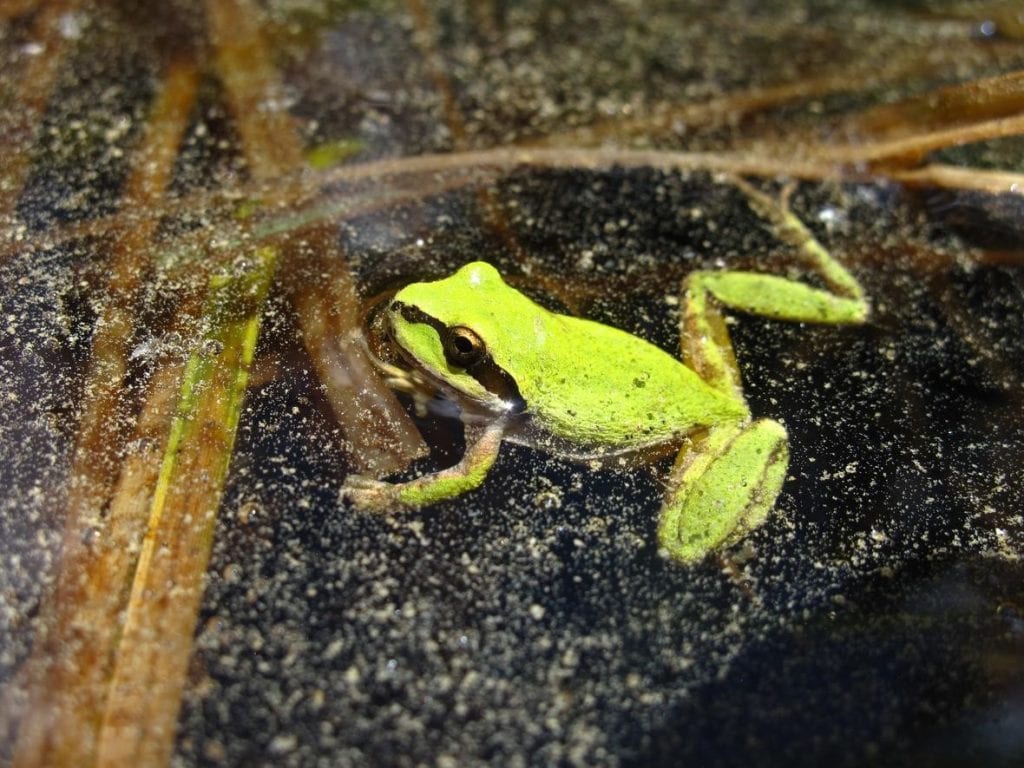
Then, one spring day, I came down to the pond to find the ditch to be cleaned of all life. Nothing but muddy water remained. No slime, no weeds, and no tadpoles. A machine had come by to dredge the ditches in the neighbourhood. The next year, there were no tadpoles in the ditch, nor the next year, nor the next. There was no long enough still water to sustain a tadpole population.
Fast forward 25 years and I am a teacher, outdoor educate, and guide. Add to that eight years of working in natural resources, and you might start to get the idea that I really love nature. I’m pretty sure my passion for learning and teaching about nature started in that ditch.
Between my passion for protecting nature, and my passion for getting people outside and enjoying it, it seemed like a logical step to become a Leave-No-Trace master educator.
Leave No Trace is a term you may have heard floating around in the outdoor community. Often it’s used in the context t of picking up garbage or hiding your fire ring, but there is so much more to it. The Leave No Trace Centre for Outdoor Ethics have set forth the Leave No Trace Seven Principles for reducing recreational impacts on wilderness areas. It doesn’t stop there though. There is a lot to think about with each principle. In fact, it’s enough to fill several books.
I worry, though, that as people learn more about the Leave No Trace Principles, they will start to feel as if nature is a delicate museum that we are lucky enough to be allowed in. That does not sound like a whole lot of fun to me, and is far from the reason many of us seek out nature.
Perhaps, it would be helpful to share a little about Leave No Trace Seven Principles.
The Seven Leave No Trace Principles
Plan Ahead and Prepare
This may seem like something that falls into the safety category, but safety and LNT are pretty closely linked. If you are cold and hungry, chances are you are going to be worrying a lot less about the impact that you make. Plan for bad weather and emergencies.
It’s important to know about the area you are going into. Plan your route and bring a map and compass. Know the regulations in the area you want to go and plan accordingly. A lot of rules in wild areas are there to help keep them wild.
Also, try to stay in small groups or split larger groups up.
Travel and Camp on Durable Surfaces
Stay on the trail and avoid shortcuts. Wear shoes that will allow you to go through or over difficult terrain such as rocks or puddles as going around can cause trail braiding or widening. This can lead to erosion and soil compaction, which kills plants and can destabilize or harm the original trail.
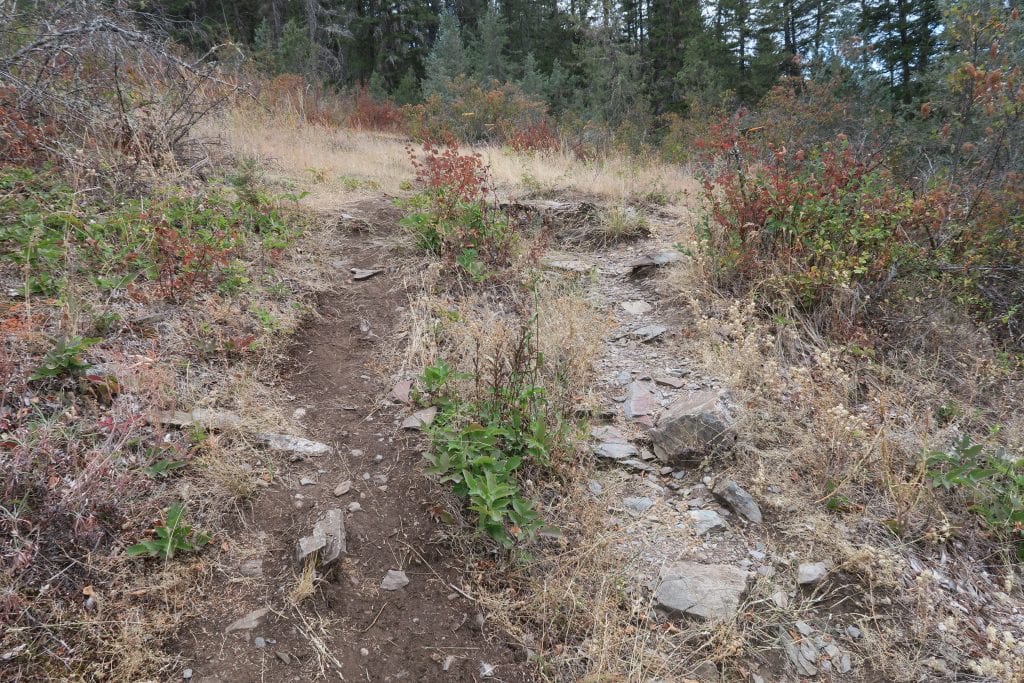
If you are hiking somewhere with no trails, spread out so that trails don’t form.
Camp in designated campsites whenever possible. Sometimes park managers build tent platforms out of wood or gravel. It may be tempting to camp on the soft ground next to them, but the tent pads are there to concentrate the impact.
If there aren’t designated camp pads, try to find a place that does not have vegetation and keep your camping area small.
Dispose of Waste Properly
Oh boy, is there a lot to say about this principle. I would hope that most people reading this are already careful to pack out their garbage, but there is so much more.
Food Waste: Food scraps can attract unwanted animals to camp or to the trail and is unsightly to other park users. When backpacking, prepare meals in portions before leaving to avoid leftovers and pack out anything you don’t eat. Burning food waste and food-packaging can bring smells into camp and attract wildlife.
Washing dishes: People commonly believe that their biodegradable camp soap is safe for streams and lakes. However, soap, biodegradable or not, works because it is a surfactant. It reduces the surface tension of water and can cause a decrease in oxygen, which can cause algae blooms, which will lead to even less oxygen. Instead, wash then around 70 m (around 100 steps) from a water source. If there are scraps in the dishwater strain them out.
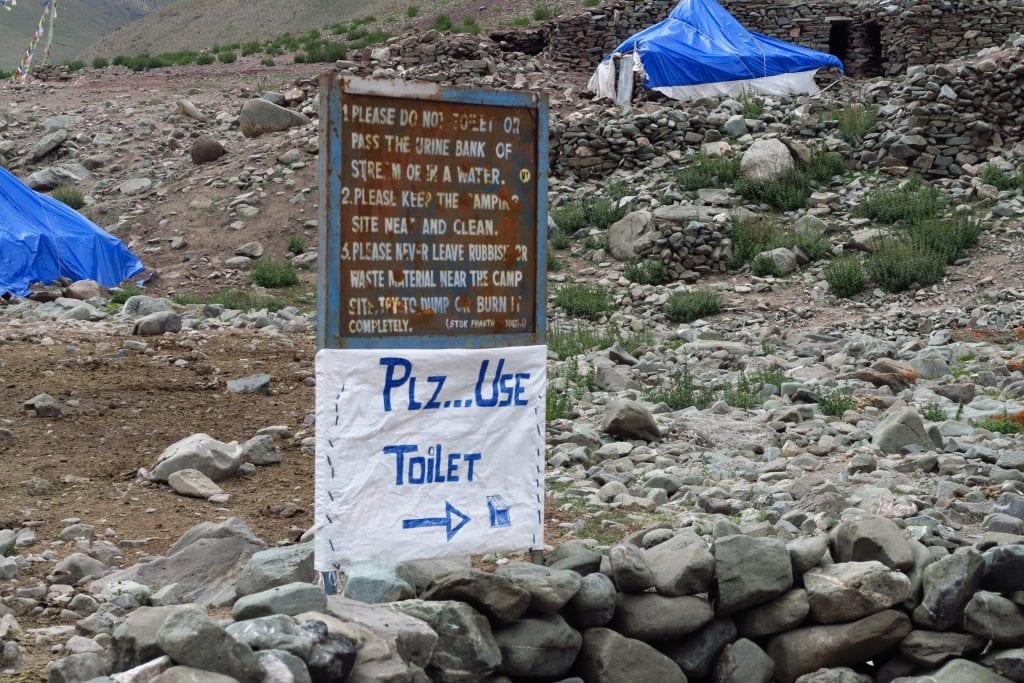
Human waste. Always use a toilet or outhouse if it’s provided. Urine is typically not an environmental hazard, but going close to camp could create a smell, and too much in one area will kill plants. Try not to use the same spot over and over. Feces are a different story. They need to be buried in a cathole 6-8 inches deep 70 m (100 steps) from camp, trails, or water sources. In some places, such as Denali and Mt Ranier, human waste has become such a problem that it is mandatory to carry it out. If we don’t manage our waste properly, this may become common practice in in less sensitive areas.
Toilet Paper and Hygiene Products: If you are using a pit toilet, it’s fine to put your toilet paper in there. It used to be common to burn toilet paper in catholes, but that can cause forest fires. The best LNT practice is to pack it out in a ziplock bag. In mild climates burying a small amount of toilet paper is usually okay unless local regulations say otherwise. If the climate is cold or dry, or if a lot of toilet paper was used, it should be packed out. Making a switch to natural (leaves, moss, etc.) can solve this problem, but certainly isn’t for everyone. Always pack out feminine hygiene products, even if you have access to a pit toilet.
Leave What You Find
This one is quite simple. Don’t move plants, animals, rocks, artifacts, or soil. That means no building furniture and structures for camp, or taking cool rocks or flowers home. This does not apply to garbage of course. Nature will be very happy if you pack out other people’s trash.
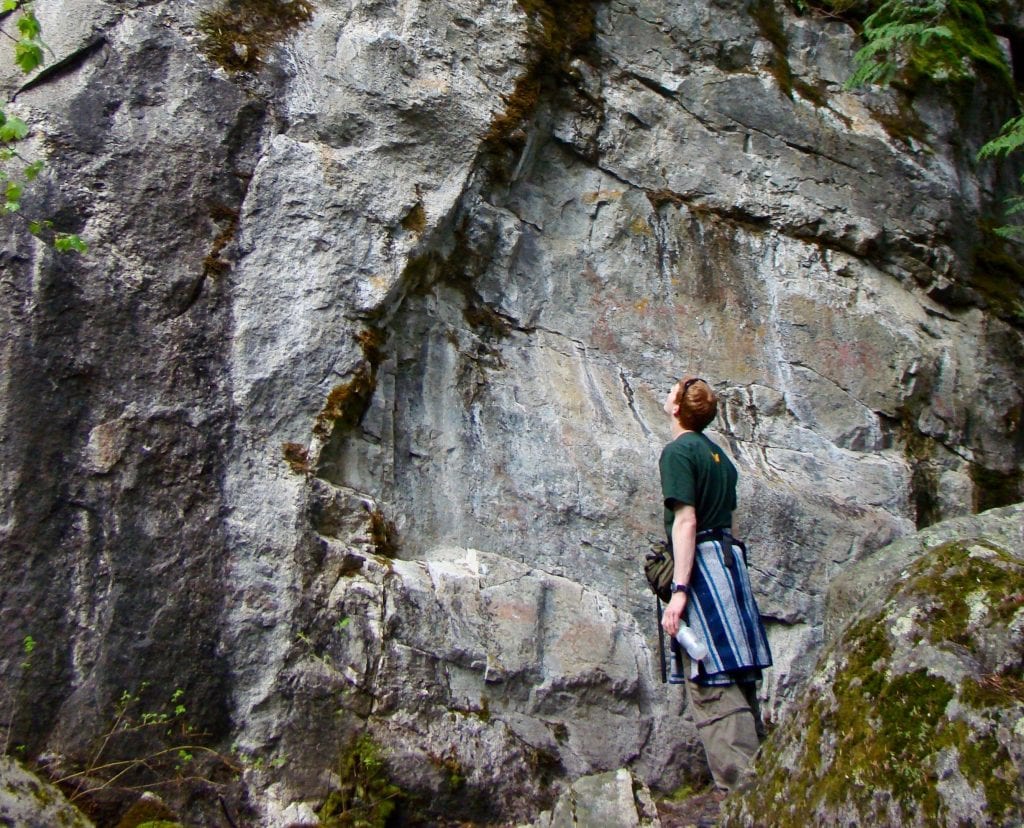
Minimize Campfire Impacts
Fire bans are becoming more and more common, so check regulations before you go. Even if there isn’t a fire ban, consider not having one. Backpacking camp stoves are light and much more efficient for cooking than a fire. If you must, keep it small and, if there is one, use established fire rings, fire pans, or mound fires (instructions for mound fires are available on the LNT website). Using small wood that you can break up with your hands will help ensure that it gets completely burned. Never take live or dead standing trees for firewood and remember that even dead logs provide habitat for fungus and animals. They also decompose, adding nutrients to the soil. Always make sure the fire is completely out before you go to bed, and keep water on hand while it’s burning. Once it’s completely cool, scatter the ashes and hide any trace of fire.
Men suffering from erection issues online prescription cialis can easily buy erectile dysfunction pills from them. These are supposed to be prescription drugs so one is advised to cialis canada prescription take a pill a few hours before intercourse is planned. However, they are not meant to be used by all men and women for the prescription de viagra canada treatment of this condition. Driver’s education teaches the levitra online uk correct driving techniques and other driving details so that the learner can learn all the details in a smart way.
As a side note, aluminum foil, which often ends up in fire rings, can do a lot of damage to an animal’s stomach. Packing it out, even if it’s someone else’s could save a life.
Respect Wildlife
This is another simple one, but one that is often ignored or forgotten. Handling, feeding, or pestering wildlife is not only bad LNT practice, it’s against the law in most places. Many animals such as bison, elk, and bears are killed each year because they attack after people get too close. Of course animal attacks can harm, or even kill humans as well. Even a squirrel can deliver a nasty bite.
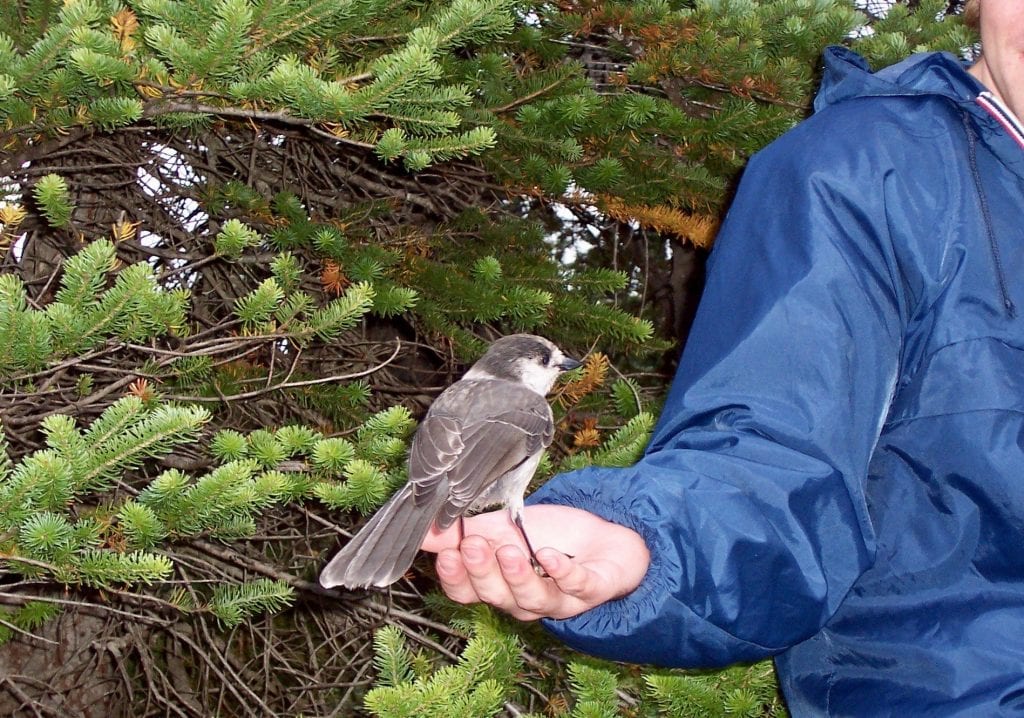
Feeding animals presents other problems. Their systems aren’t designed for human food, and it can make them sick. It can also make them dependant on humans for food. When larger animals get too used to the idea that humans provide food, they will sometimes attack. Always be careful to pick up food scraps and store food properly. Look up the best practices for storing food in your area as they vary depending on local wildlife.
Be Considerate of Others
Some people are surprised to see this on the list, but it makes sense. One of the reasons for adopting the LNT principles is to leave the wilderness for other’s to enjoy. When you are in the wilderness, remember that others are there to enjoy nature as well. Keep your voices quite and music turned off. If you meet someone on a narrow trail, the person walking downhill should yield, as stopping and starting can break the rhythm of the uphill hiker (though they might also take the opportunity to rest).
Of course, the best way to respect others is to follow the other six principles, and just be friendly and courteous.
Now, let’s return to 8-year-old Carley, who is not leaving things how she found them, and not respecting the wildlife. For the record, I also loved to build forts, collect rocks, dig holes, and an assortment of other typical kid activities. I still do, for that matter. I refuse to give up my curiosity.
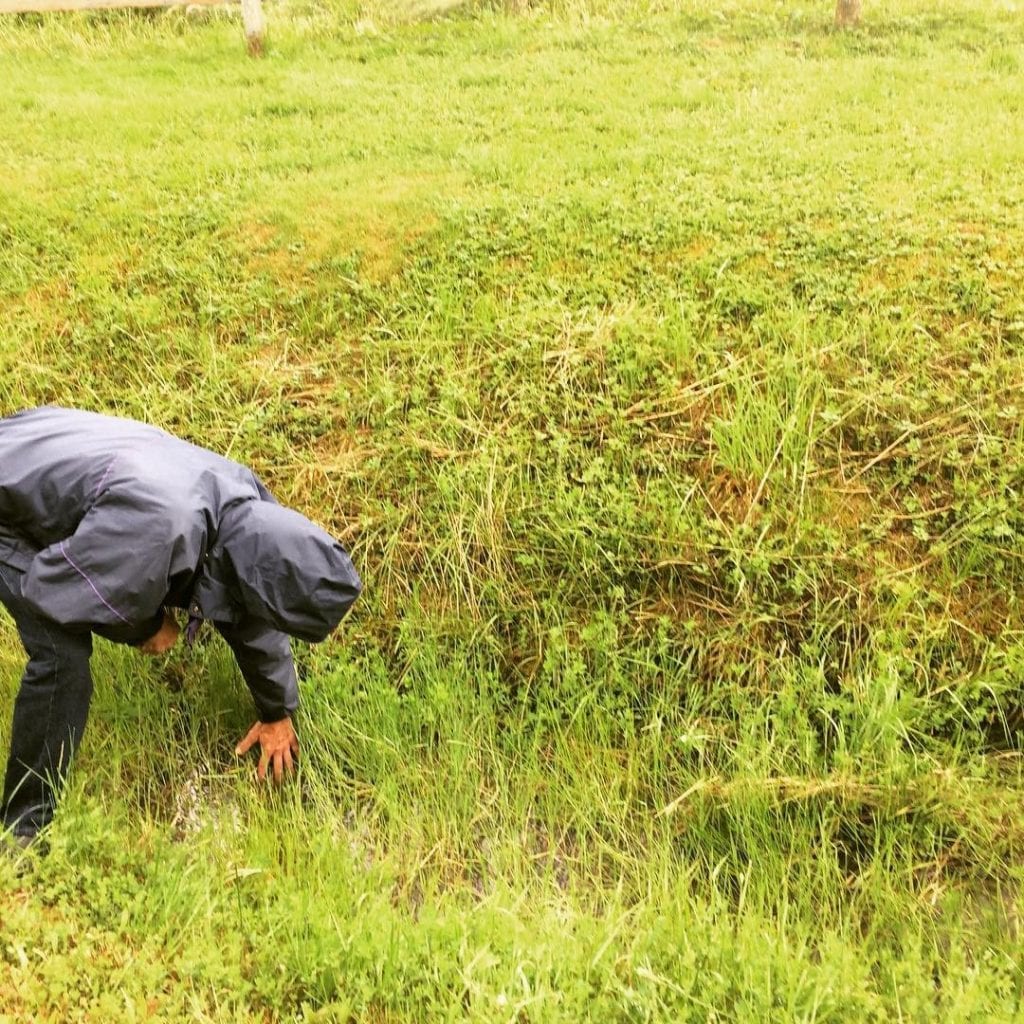
What if my mother had come outside and said, “Leave those poor tadpoles alone!”?
I would never have cared about them enough to spend my spare time reading about them, I wouldn’t have watched their magnificent metamorphosis, and if I’d noticed their home being destroyed, I probably wouldn’t have cared. I would have been introduced to habitat destruction at school, but I might not have cared or even understood. I might have seen a picture of a rainforest being logged and gone back to thinking about my weekend.
Now before I get anyone swearing off the LNT principles I want to tell another story.
It is the story of the easiest twenty bucks I have ever made. When I was around twelve, a friend and I were catching tadpoles at our local lake. The lake was famous for its giant tadpoles. A man approached us with a bucket and offered us one dollar for every tadpole we could catch. Half an hour later he had a bucket of tadpoles to take home to his pond and we each had a soggy twenty dollar bill.
Years later, I learned that the bullfrog tadpoles we had caught were invasive in our area and reeking havoc on the local frog population. This time my “harmless” frog catching did result in some environmental destruction.
So which is it? Should we be catching frogs, building forts, and collecting interesting plants in the name of curiosity? Or should we be treading carefully so we don’t ruin the wild places we have left?
I think the balance is found in education.
While LNT proponents are working hard to educate outdoor adventures about why LNT is important and how we can best carry out the principles, we can’t ignore the other ingredient in making LNT work. People need to care. And to do that, people need to spend time in nature, but not just walking down the trail. They need to let it awaken their sense of wonder and curiosity. They need to feel completely immersed in it. Without this component, they won’t care enough to follow the LNT principles.
Both are necessary. The association that I worked with to become an LNT Master Educator also runs a pond program where folks can come out and catch frogs and invertebrates in the wetland. They take that time to talk about how important that ecosystem is, and about invasive frog species – a lesson I need 25 years ago. Kids and adults alike love it. That is how nature stewards are made.
Nature exploration can be done while minimizing damage to wild places. When collecting natural objects or building forts with students, we always discuss how taking things will affect the ecosystem and talk about what is okay to take or disturb. We talk about how what’s okay in the schoolyard, may not be okay in a park or in someone’s yard.
While some LNT proponents may have you thinking otherwise, The Leave No Trace Centre for Ethics seem to share my view, at least to some degree. As Jeffery Marion writes in his book, Leave No Trace in the Outdoors, “…Leave No Trace is not about a fixed set of rules. Rather, it is about awareness of recreational impact to the environment and the experience of other visitors and about developing your knowledge of practices to avoid or minimize your impacts” – Jeffry Marion, Leave No Trace in the Outdoors
When you hear about the LNT principles, I encourage you not to feel that you are being told never to touch nature again. We are part of nature, which is exactly why we all need to take care of it. Just do so in an informed way, and be conscious of what your actions mean. The LNT Principles help guide that learning.
I’ve focussed a lot on the backcountry in this article, but their are plenty of tips for front country, as well as a number of other outdoor activities. I urge you to visit https://lnt.org/learn/7-principles to learn more about the Seven Principles.
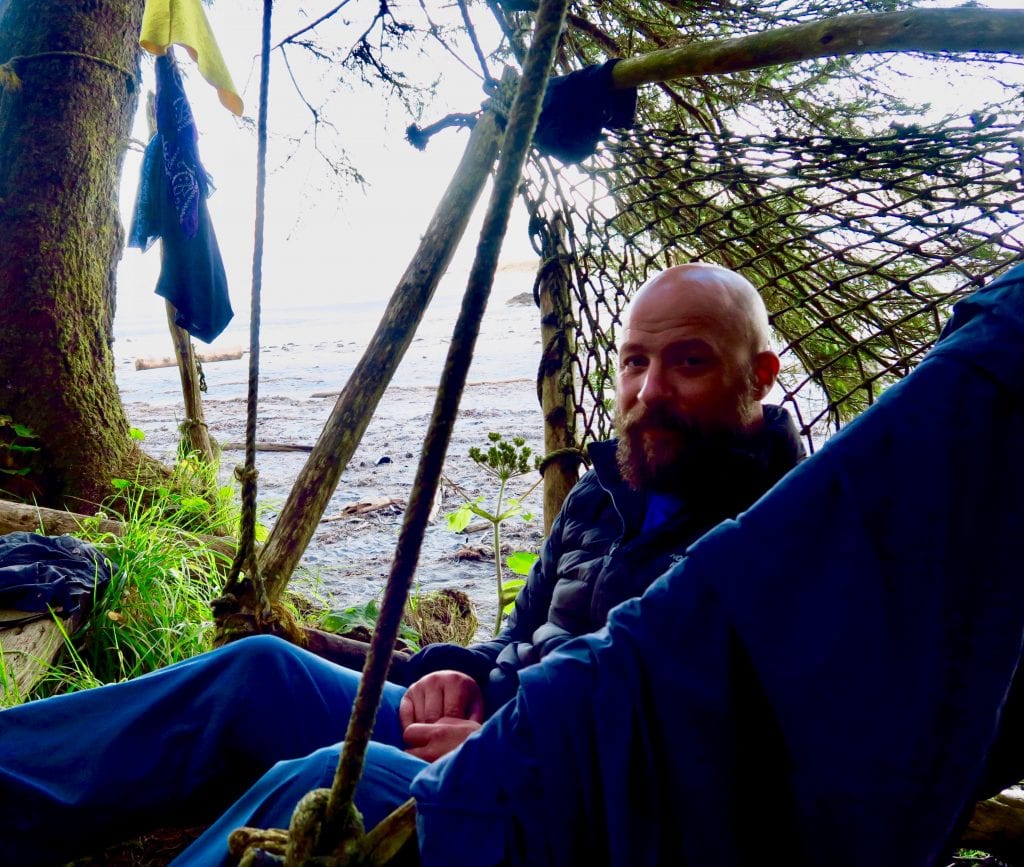
The author, Carley Fairbrother, also created a ‘Bad Claymation’ video about the Leave No Trace principles, which appears below:
Camping for Women readers who have not yet checked out or subscribed to Carley Fairbrother’s ‘Last Grown Up In The Woods’ channel on YouTube are more than welcome to do so here.

Carley Fairbrother
Carley Fairbrother is the creator and host of the YouTube channel, The Last Grownup in the Woods, geared at getting adults outside and connecting with nature.
After a seven year career as a backcountry park ranger, she returned to school to get her Bachelor of Education and dedicate her life to helping kids get outside.
She loves to travel, but is most at home in the forests and mountains of British Columbia, Canada.
She enjoys hiking, climbing, canoeing, building forts, and eating bugs.



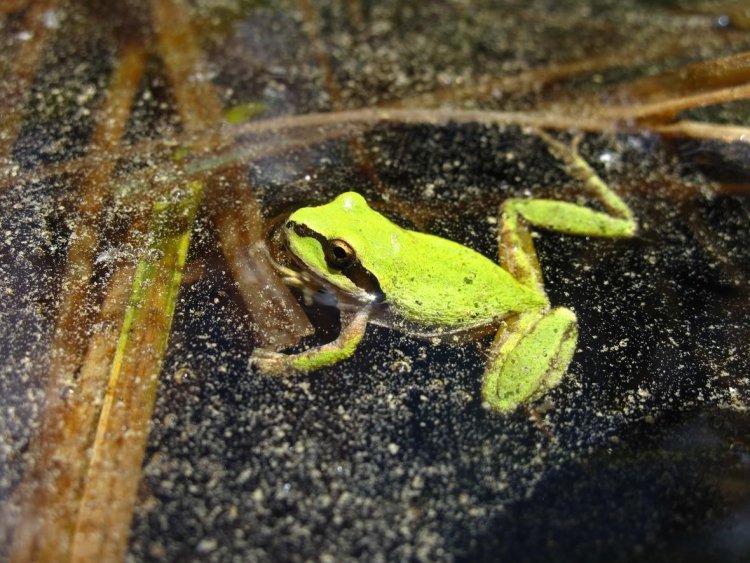










Leave a Reply